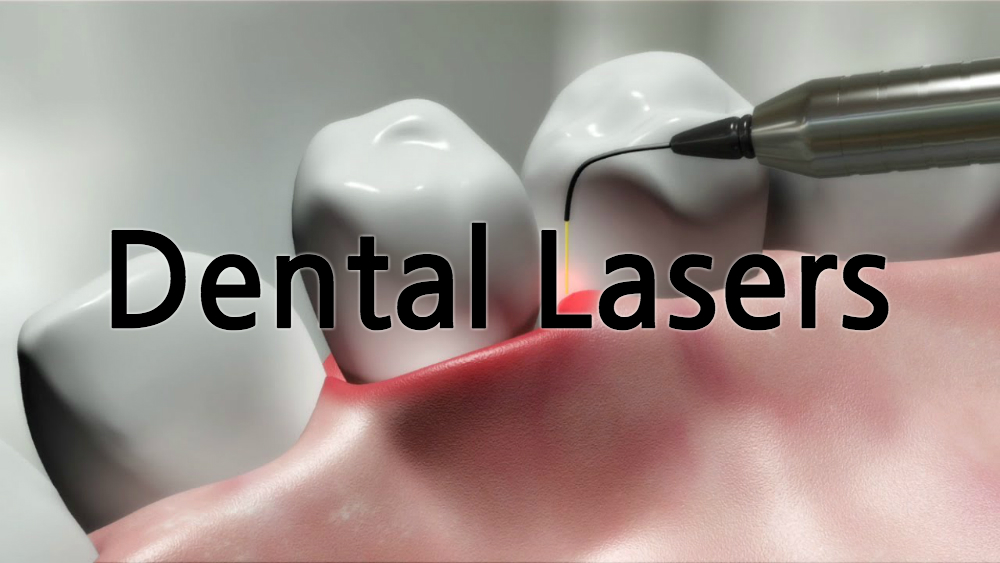While it may sound like something out of a sci-fi film, lasers have found a permanent place in many healthcare fields. Dentistry is no exception, with many offices taking advantage of the special properties of laser therapy. Read on to learn how we use this technology at Thousand Oaks Family Dentistry.
Lasers are focused beams of light in a uniform wavelength. They exist in the infrared spectrum and thus produce no harmful radiation. Most of the lasers used in medicine and dentistry are not visible to the naked eye, but interact with certain tissues in specific ways. For example, many lasers will cut soft tissues like skin or gums, but cannot affect hard substances like teeth or bones. As you may imagine, this tissue specific targeting is extremely useful.
Dentists usually use lasers for soft tissue therapy. While hard tissue lasers that cut teeth are beginning to enter the market, the technology is still in its infancy. Lasers safely remove frenums, trim gums and cauterize tissues after surgery with exceptional healing properties. At our office, we use lasers as a way to shape gum tissues for dental implants. Before this technology, taking an impression of an implant took two appointments: one to adjust the soft tissue and a recall visit to capture the impression after it healed. With lasers, the gums stop bleeding almost instantaneously, allowing us to combine these two appointments into one.
At Thousand Oaks Family Dentistry, we pride ourselves in staying current with the latest in treatment technology. However, we always make sure that new technologies are thoroughly developed before offering them to our patients. If you would like to know more about dental lasers and what they can do for you, please give our office a call.





